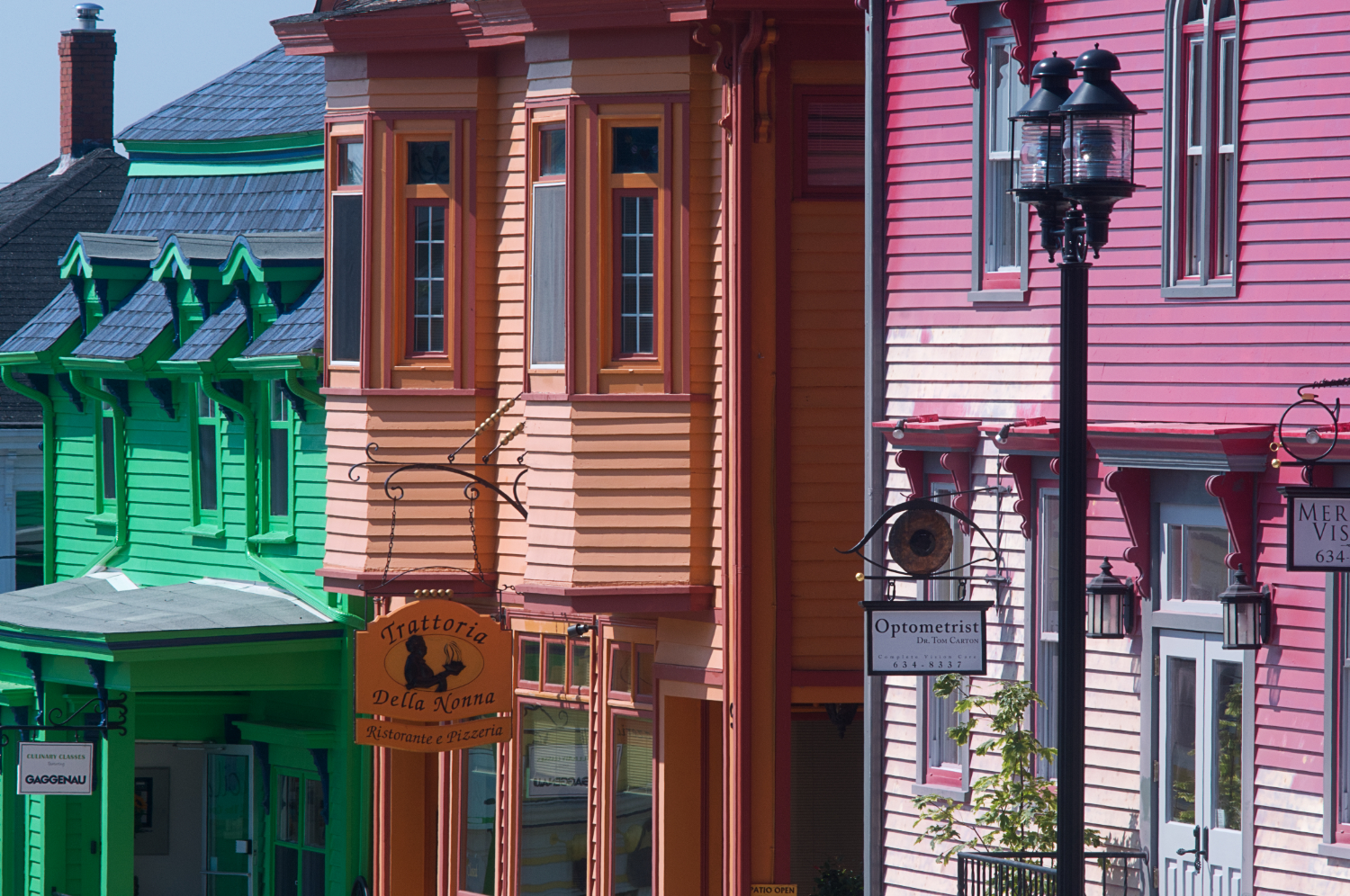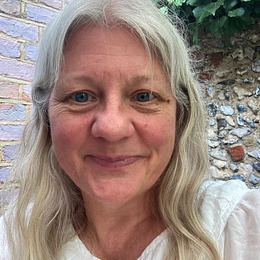The sun has long-since set on the British Empire, but its architecture still casts a long shadow. The Victorian Society’s 2024 Online Winter Talk series ‘Victorian and Edwardian Architecture in the Wider British World’ will visit Australia, Canada, India, South Africa, Malaya and New Zealand, with several of the talks coming from those countries.

Photo: Lunenburg Streetscape, Nova Scotia. Photo Credit: Peter Coffman.
The series explores themes including the architecture of the colonisers, the legacy they left and how the foreign architecture was adapted and adopted by the indigenous peoples who understood the climate and materials of their own countries. The talk series ends with an analysis of Edwardian Baroque architecture in ‘Greater Britain’. On 24 January there is an introductory talk on 19th-century Glasgow, the Empire’s Second City of the Empire. Each of the talks is £6 and includes a recording that you can access at any time.
SPECIAL OFFER: Buy one ticket and get the 7 talks in the series for the price of 6! Book here.
Introductory Talk: Fragments of Flamboyancy and Flair in the Empire’s Second City
Thu 24 January, 7.00 – 8.30 pm
Architect and Senior Lecturer at the Mackintosh School of Architecture, Rosalie Menon FRIAS, discusses the legacy of Empire in Glasgow, from its warehouses and industrial buildings to the associated financial and commercial institutions. The 19th -century boom in population and the consequent rapid economic growth created a demand for civic buildings, including market halls, libraries, and cultural buildings. This injection of money into Glasgow allowed architects and talented craftsmen to experiment with quality building materials with flair and flamboyancy. Each of these buildings tell a social history of the Second City of the Empire.
Talk 1: Colonial Aspiration and 19th-Century Public Building in Australia
Wed 31 January, 7:00 – 8:30 pm
The Victorian era in the Australian colonies was a significant period of population growth, urban expansion, and civic building. Gold rushes, notably in the Colony of Victoria, in the early 1850s provided the means for ambitious architecture, and set a high bar for neighbouring colonies establishing their economic and cultural infrastructure and identities. This talk discusses approaches to 19th-century public building in the Australian colonies. Dr Stuart King is a senior lecturer in architectural design and history at the University of Melbourne and a member of the University’s Australian Centre for Architectural History, Urban and Cultural Heritage.
Talk 2: ‘In touch with our modern civilization’: Lunenburg, Nova Scotia, in the Nineteenth and Twenty-first Centuries
Tue 6 February, 7:00 – 8:30 pm
This talk explores the Victorian and Edwardian architecture of Lunenburg, Nova Scotia and the importance and the challenges of keeping that architecture viable in the present day. Although the town’s layout is unchanged since its founding in 1753, much of its distinct architectural character dates from its period of greatest prosperity – the late 19th and early 20th centuries. Peter Coffman is an Associate Professor in Carleton University’s History and Theory of Architecture programme. Hilary Grant is Senior Planner and Heritage Officer for the Town of Lunenburg.
Talk 3: Enviable Reputation: An Indian Engineer and the Construction of Victorian Bombay
Tue 13 February, 7:00 – 8:30 pm
In most architectural histories of Bombay, native engineers are either ignored or summarily dispatched because they are not seen to be the originator of ideas but, rather, functionaries who carried out orders. But is this all they were? This talk will examine the role of one prominent Indian architect and engineer of the Victorian era, Khan Bahadur Muncherji Cowasji Murzban (1839-1917) concentrating on his official career to examine his meteoric rise and his role in the construction of Victorian Bombay. Preeti Chopra is Professor of Modern Architecture, Urban History and Visual Studies at the University of Wisconsin-Madison and specializes in the visual, spatial, and cultural landscapes of South Asia and the British Empire.
Talk 4: Life on the Buffalo River – the Development of East London, South Africa
Tue 20 February, 7:00 – 8:30 pm
The river port town of East London, on the eastern seaboard of South Africa, was born in conflict in 1848. After a long period of penury, it commenced with more substantial development in the 1870s. The talk provides an overview of the town’s history and development and presents some of the Victorian era architecture and structures. William Martinson is a conservation architect, a past Council Member of the Eastern Cape Provincial Heritage Resources Authority and a member of the Board of the East London Museum.
Talk 5: Eclecticism and Ornament in Malaya’s Vernacular Classicism
Wed 28 February, 7:00 – 8:30 pm
Between 1786 and 1957, Britain exerted colonial influence over the Malay Peninsula and its neighbouring islands. For most of this time, classicism served as the language of imperial rule, synonymous with British power. Yet elements of the style were quickly adopted, appropriated, and adapted – first by local elites and subsequently by the masses. This talk explores how the eclectic ornamental classicism of Victorian and Edwardian Britain came to influence Malaya’s own syncretic brand of classical architecture, resulting in a unique regional style. Soon-Tzu Speechley is Lecturer in Urban and Cultural Heritage at the University of Melbourne.
Talk 6: Building Better Britain: Victorian Architecture in New Zealand, 1840 – 1901
Wed 6 March, 7:00 – 8:30 pm
The 19th-century colonisation of New Zealand was seen as an opportunity to establish a new society on the far side of the world that would perpetuate British culture while avoiding the poverty, overcrowding and industrial pollution that afflicted contemporary Britain. Here, a range of factors, shaped an architecture that was recognisably British yet distinctively of its place in the South Pacific. Ian Lochhead taught Art History at the University of Canterbury in Christchurch, New Zealand, from 1981 to 2014.
Talk 7: The Architecture of ‘Greater Britain’: Style and Empire, c.1885-1915
Wed 13 March, 7:00 – 8:30 pm
This talk will consider the role architecture played in responding to perceived notions of British decline in the late nineteenth and early twentieth centuries. It will focus on the Edwardian Baroque style and its relationship to the idea of ‘Greater Britain’, suggesting that architects, their clients, and critics associated with the design of substantial public and commercial buildings during this period, both in Britain and in the wider British world, were acutely aware of the meaning that the style carried.
Alex Bremner is Professor of Architectural History at the University of Edinburgh.




